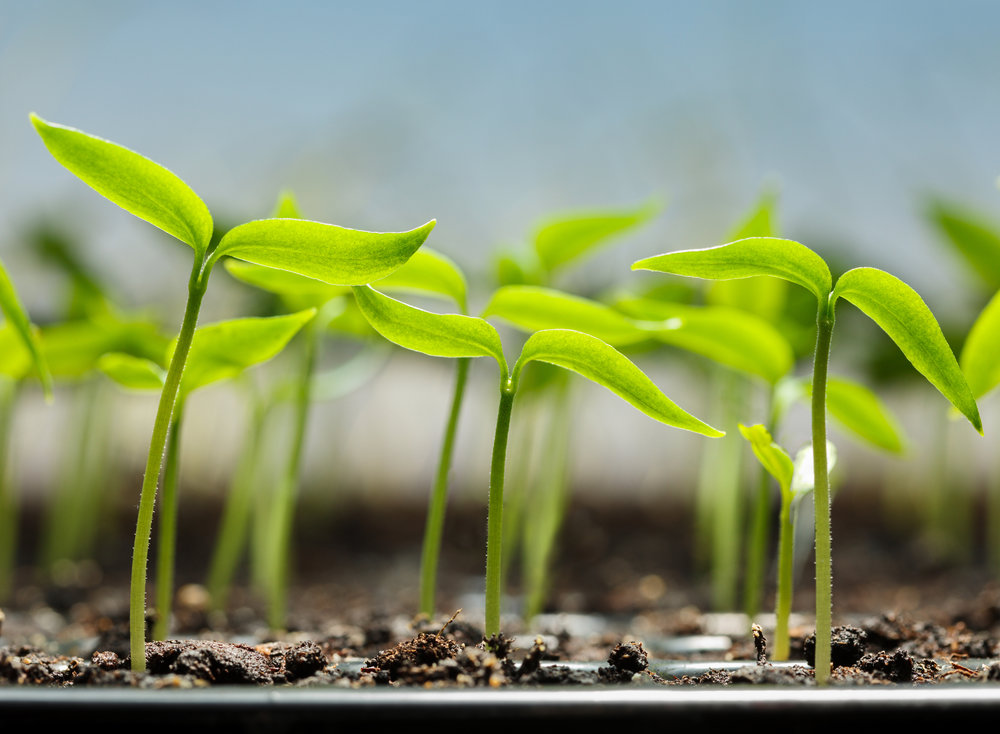Plant phenotyping is the measurement of the physical and biochemical properties of plants. It is the process of measuring and observing the visible traits or phenotypes of plants and how they change and develop under genetic and environmental conditions. Some key phenotypic traits that are measured include plant height, leaf shape, flower color, stem diameter, disease resistance, drought tolerance, and yield. Advanced plant phenotyping technologies allow scientists and researchers to non-destructively capture a plant’s phenotype and analyze complex quantitative plant traits over its whole life cycle.
Remote Sensing Tools for Large-scale Plant Phenotyping
Remote sensing tools play a crucial role in modern Plant Phenotyping as they allow high-throughput, non-invasive and non-destructive analysis of plant traits at different organizational levels such as individual plant, canopy, field and regional scales. Tools like aerial imagery, hyperspectral and thermal cameras are mounted on drones, aircrafts, and satellites to capture plant phenotypes over large areas rapidly. Aerial images acquired through drones and satellites provide spatial measurements of canopy height, ground cover, crop rows, and other morphological traits on field scales. Hyperspectral cameras detect the reflectance of light across hundreds of narrow bands in the electromagnetic spectrum providing biochemical and physiological insights into plant nutrient status, water content, and stress conditions. Thermal cameras capture the temperature difference across plant canopies and surfaces to measure water use efficiency, drought stress, and disease symptoms. Integration of remote sensing with ground-based phenotyping and genotypic data enables associating phenotypic variation with genetic factors controlling key agronomic traits.
Advances in Sensors and Imaging Techniques
On-ground high-throughput plant phenotyping platforms utilize different sensor modalities like RGB, multispectral, hyperspectral, thermal imaging, LiDAR (Light Detection and Ranging), and 3D depth sensors for detailed phenotypic characterization. RGB and multispectral imaging is effective in quantifying morphological traits while hyperspectral imaging captures biochemical composition related traits non-destructively. Thermal imaging is employed to phenotype plant responses to different environmental stresses by measuring canopy temperature. 3D depth sensors reconstruct the three-dimensional structure of plants through stereo vision or laser triangulation providing volumetric and architectural traits. LiDAR scanning utilizes laser beams to rapidly capture fine details of plant morphology with high precision. Big data generated from these diverse sensors are analyzed using computer vision, machine learning, and deep learning algorithms for automated feature extraction and trait classification. This has revolutionized high-throughput phenotyping enabling non-invasive phenotyping of large germplasm collections and monitoring of dynamic trait development over multiple time points throughout a plant’s life cycle under controlled conditions.
Advanced Growth Chambers and Greenhouses for Phenotyping
Controlled-environment growth chambers and greenhouses with imaging systems installed allow precise phenotyping of plant responses and adaptation mechanisms under different environmental conditions including light intensity, day/night cycles, temperature, water, and nutrient availability. State-of-the-art facilities have robotic systems that can image plants from multiple angles at scheduled time points generating huge image datasets over plant growth stages. They are often integrated with sensors that can precisely regulate and record environmental parameters. Such advanced phenotyping platforms enable evaluating the effects of abiotic stresses on various plant traits quantitatively linking genotype to phenotype. Researchers can examine traits related to growth, development, morphology, physiology under varying stress levels. This provides key insights into genetic basis of important agronomic traits including drought and heat tolerance as well as yield which helps crop breeding.
Data Management and Analysis for Accurate Phenotyping
Proper data management and analysis is crucial for accurate plant phenotyping aiming to create genotype-phenotype associations. Large volumes of high-resolution multi-modal images and sensor measurements generated from powerful imaging platforms require specialized databases for efficient storage, retrieval, integration and processing of phenotypic data associated with genotypic and environmental metadata. Computational image analysis using machine learning algorithms detects and measures complex phenotypes in large image datasets to develop non-invasive high-throughput phenotyping pipelines. Methods such as image registration, segmentation, feature extraction, and trait quantification allow automated analysis of plant morphological and growth attributes from images sequences taken over time. Advanced statistical techniques are applied to identify genetic determinants of complex phenotypes, modeling genotype-environment interactions, and predicting breeding values to accelerate genetic gains in crop improvement programs. Cloud computing provides high-performance capabilities for large-scale data processing, modeling and sharing of phenomics datasets with international research communities.
Potential Applications
The advancement of plant phenotyping technologies enabled precise characterization of plant performance and responses to multiple stress conditions. This facilitates breeding efforts towards developing climate-resilient crops with enhanced yields. Powerful phenotyping platforms also aid functional genetics studies to identify genes and genomic regions controlling key agronomic and stress adaptive traits on a large scale. Elucidating the underlying genetic architecture of complex traits improves our understanding of plant biology. Integrating multi-omics datasets with high-dimensional phenomic profiles helps accelerate crop improvement. Further innovation in imaging techniques, robotics, artificial intelligence and big data analytics is likely to boost crop productivity. Wider application of remote, on-field and controlled environment phenotyping promises to revolutionize sustainable agriculture to feed the growing global population under the changing climate.
*Note:
1. Source: Coherent Market Insights, Public sources, Desk research
2. We have leveraged AI tools to mine information and compile it



